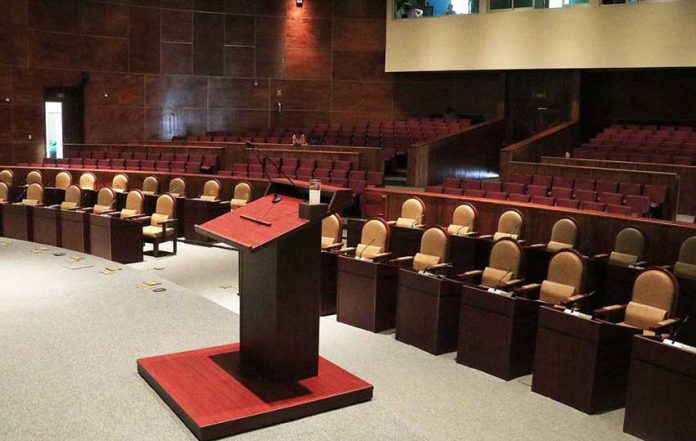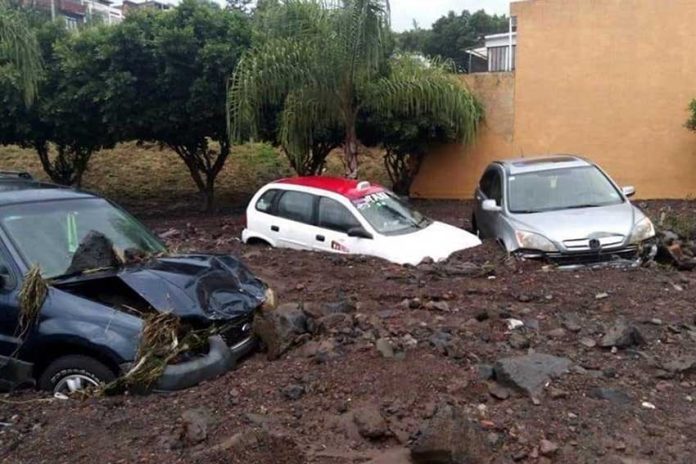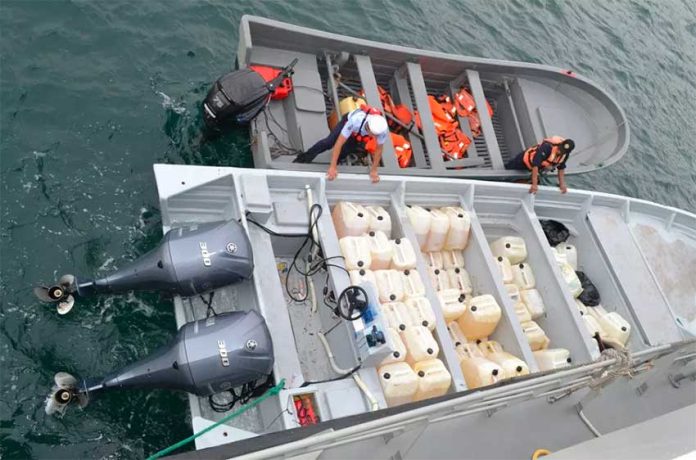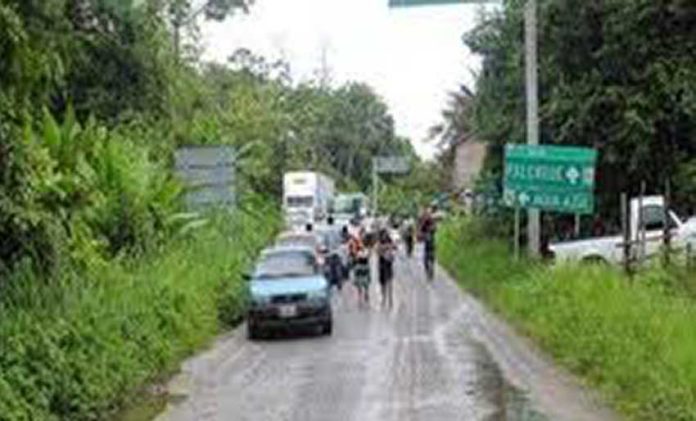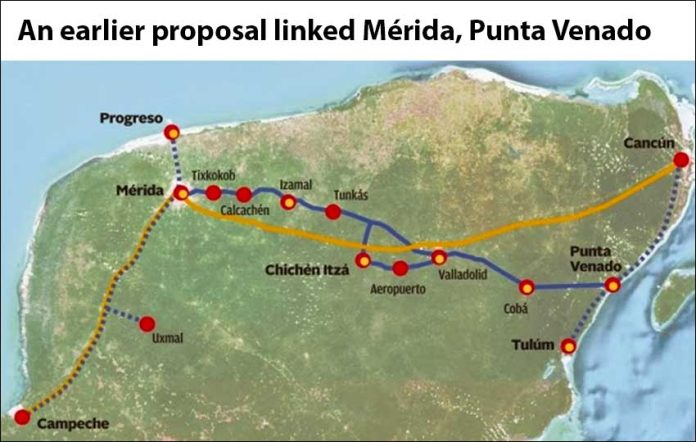As an orderly at a Chihuahua hospital run by the Mexican Social Security Institute (IMSS), Jorge Alberto earned a modest salary that would have allowed him to live a comfortable life.
But Jorge Alberto wasn’t an ordinary orderly.
In addition to carrying out his day-to-day duties in the wards of the state capital’s Morelos General Hospital, Jorge — whose last name was not disclosed in a report published today by the newspaper El Universal — also had a lucrative side gig selling job placements to health care workers and body organs to prospective patients.
The racket was so profitable that the portly medical employee was able to buy 10 luxury sports cars. But it was also a scheme that led him to allegedly commit the even more serious crime of homicide, and not just once.
Among other IMSS employees, it was common knowledge that Jorge had contacts in high places within the social security workers’ union.
It was also well known that for a large sum of money the unscrupulous orderly could arrange for an IMSS employee to be appointed to a higher-paying, more-senior role in the agency.
That possibility proved to be too tempting for several IMSS employees including Laura Soto, an administrative assistant at a small medical clinic.
After watching several of her colleagues win promotions at record speed, Soto contacted Jorge and later handed over 80,000 pesos (US $4,200) to him, an amount that would supposedly ensure her appointment to a more senior role in the IMSS central offices.
Several weeks went by and the promised promotion didn’t materialize but Soto finally received a call from Jorge in December last year.
Soto was told that everything had been organized so she agreed to meet Jorge the next day to complete the necessary paperwork in order to obtain the new position.
On the morning of December 7, the young administrative assistant waited near the city’s municipal offices but instead of meeting with Jorge to sign some documents, Soto met her own death: she was shot at close range by someone in a passing vehicle.
According to today’s report in El Universal, “Jorge had tired of being bothered” by Soto, who had grown impatient when the promotion she paid for didn’t come through as quickly as she expected.
According to the Chihuahua Attorney General’s office, colleagues of Soto at the same small IMSS clinic paid Jorge Alberto a combined total of 600,000 pesos (US $31,600) in order to be installed in more lucrative jobs.
In some cases, the orderly kept his word and arranged for his “clients” to be given the promised roles but in other cases, he didn’t.
In addition, the orderly is suspected of murdering a male IMSS employee in January this year in a case with similar circumstances to that of Laura Soto.
IMSS employees are not the only people who have allegedly been deceived and ultimately met a gruesome fate at the hands of Jorge Alberto.
Daniel Gregorio Romero’s quality of life was rapidly deteriorating when his family contacted the IMSS orderly in a last-ditch attempt to secure an organ transplant.
Romero, who suffered from diabetes, had been waiting for months to undergo surgery to receive a new kidney but still remained near the bottom of the list.
However, Jorge — who was allegedly colluding with an unidentified doctor — promised Romero that he could get him a new kidney quickly and that the operation could be carried out at the hospital in which he worked, even though the latter didn’t have the required insurance to receive treatment at an IMSS facility.
Jorge, of course, wasn’t acting out of the goodness of his heart. The service he offered came with a hefty price tag of half a million pesos (US $26,400).
In an act of desperation the family made the payment but as in the case of Laura Soto, Jorge Alberto again failed to fulfill his promise.
On June 30, the Romero family arranged to meet with Jorge at their home to find out what was happening with the deal they had reached.
What happened next, according to authorities who have seen evidence in the form of security video footage, is that a man proceeded to murder five members of the family before stopping short of taking the life of a two-year-old infant who was also present.
While the name of the suspect has not been revealed publicly, El Universal said that “unofficially it is known that the man [who committed the homicides] was Jorge.”
The orderly has since been arrested and remains in custody.
Last weekend, state prosecutors told a judge that Jorge Alberto’s wife had also participated in the crimes that her husband allegedly committed. Her whereabouts, however, are unknown.
Meanwhile, the state branch of the IMSS said it has revoked Jorge Alberto’s employment contract and is carrying out an internal investigation to determine if any other employees are or have been involved in the sale of job placements.
Authorities are also seeking to arrest an IMSS human resources employee who allegedly received payments from Jorge Alberto and helped facilitate the placement of workers in the higher-ranked positions they paid to obtain.
Source: El Universal (sp)

